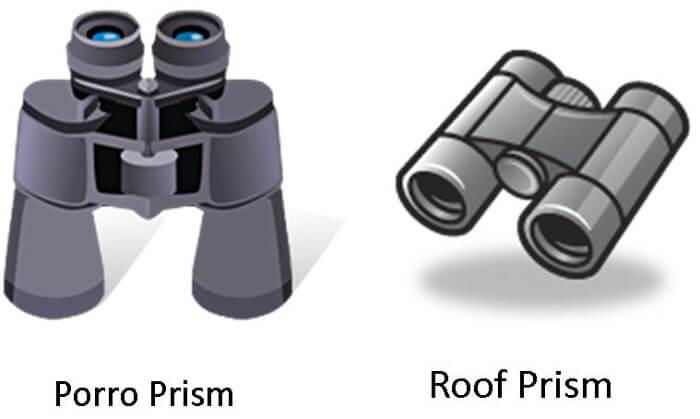Contents
What are Binoculars?
This guide has been provided to enable you to get the best use from these binoculars and to help you understand the best way to use them. Here you will find tips on how to choose the best type of binocular for you and how optical technologies work.

What are Binoculars?
Think of two telescopes together – this is what binoculars are! They help a person to view images with both eyes, rather than just being restricted to one. This allows users to view objects much better that with just one eye. This allows for a much more enjoyable experience for the user. Images can be view in a much better perspective with almost 3-D effects.
Types Of Binoculars
Hunting Binoculars fall into two categories:
Differences between astronomical and terrestrial telescopes
- With an astronomical telescope, the image is inverted. This is achieved by using convex lenses for the eyepiece lens and the objective lens. The result of these two lenses is much better visual performance whereby light loss is minimized. In this type of optical system a prism is not needed to correct the image.
- A terrestrial telescope incorporates a prism between the objective and eyepiece lenses to rectify the image. It is convenient to observe erect images of landscapes and objects. For a terrestrial telescope, in order to correct the image, a prism is required between the eyepiece lenses and the objective lenses. This enables the user to view images in the precise same way as he would with the naked eye.
Galilean Binoculars
As the name may suggest, the term Galilean binoculars refer to the type of structure that Galileo Galilei first used in 1609 for his observation of skies. These types of binoculars form images by its’ combination of convex and concave lenses. No prism needs to be used in these binoculars and they are generally compact and light to carry.
The disadvantage with these is that magnification is limited to 4 times. The other disadvantage is that the peripheral vision is limited. This means that objects in the peripheral will be fuzzy. Usually opera glasses are based on the Galilean style.
Prism Binoculars
Prisim binoculars use only convex lenses. This allows the user to view a much wider area and higher magnification can also be obtained – in fact, much more than with Galilean binoculars. In order to rectify the image, an “erecting prism system” is mounted in optical path. The prism system allows these types of binoculars to be much shorter in length. Prism binoculars come in two types: Roof (Dach) prism binoculars and Porro prism binoculars.
Porro Prism Binoculars
In the middle of the 19th century Ignazio Porro invented Porro prism binoculars. These use two prisms to rectify the image (counting both sides, four prisms in total).These are the oldest type of prism binoculars. Due to the Ignazio Porro’s design no light is lost. This is because all of the reflective surfaces completely reflect the light.
Because of that, these binoculars are easy to manufacture. The drawback with Porro prism system is that the optical path travels like the letter Z through the prisms. Therefore, more room is taken up to accommodate the prisms, making them larger that roof (Dach) prism binoculars.
Roof (Dach) Prism Binoculars
In order to create an erect image, roof (Dach) prism binoculars use a prism shaped like a roof. The name comes from the German for roof Dach, or Dachkanten. The lenses at both the objective side and eyepiece side are almost straight. Therefore, the binoculars can be designed and manufactured to be more compact and lighter.
The drawback with Dach prism binoculars is the cost – the manufacture requires high precision technology and therefore this is reflected in the cost. However, as more and more customers prefer the slim, more stylish design, sales are expected to grow.

You May Like This For Sure :

Leave a Reply